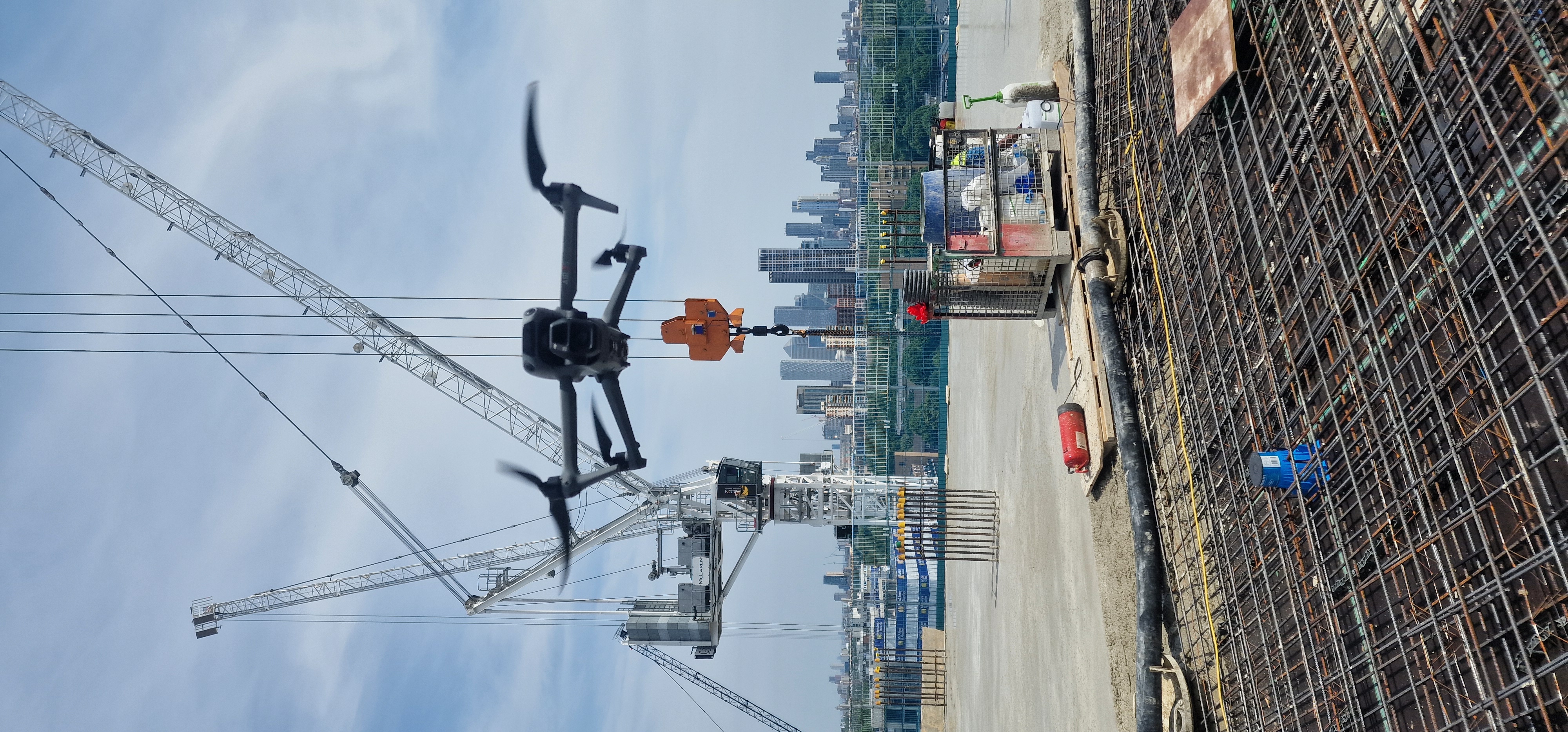Get Certified: Drone Pilot Licensing in the UK
- South London Drones Ltd

- Nov 10
- 4 min read
Drones have transformed how we inspect properties, survey construction sites, and capture aerial images. Using drones saves time, reduces costs, and improves safety. But to operate a drone legally and professionally in the UK, you need the right certification. Understanding the UK drone license requirements is essential for anyone serious about drone work in property, real estate, or construction.
In this post, I will guide you through the key steps to get certified, explain the legal framework, and share practical advice on becoming a licensed drone pilot. Whether you want to conduct aerial surveys or provide high-quality property photography, this information will help you get started confidently.
Understanding UK Drone License Requirements
The UK Civil Aviation Authority (CAA) regulates drone use to ensure safety and privacy. If you fly drones for commercial purposes, including property inspections or construction monitoring, you must comply with specific rules.
The main certification for commercial drone pilots is the GVC (General Visual Certificate). You will also need an Operational Authorisation from the CAA (Civil Aviation Authority) under the UK’s new drone regulations. This authorisation allows you to fly drones over people and property legally.
To qualify, you must:
Pass a theory test covering air law, safety, and drone operations.
Demonstrate practical flying skills.
Register as a drone operator with the CAA.
Follow the UK’s drone code and operational limits.
These requirements ensure you understand how to fly safely and responsibly. For example, you must keep your drone within visual line of sight and avoid flying near airports or crowded areas without permission.

If you want to work professionally, getting certified is not just a legal obligation but a mark of trust. Clients in property and construction want assurance that you operate safely and deliver reliable data.
Steps to Get Your Drone Pilot License in the UK
Getting your drone pilot license involves a clear process. Here’s a step-by-step guide:
Register as a Drone Operator
Before flying, register with the CAA as a drone operator. This registration is mandatory for drones weighing more than 250 grams. It costs £9 and is valid for one year.
Pass the Online Theory Test
The CAA offers an online test that covers drone regulations, safety, and airspace rules. You must score at least 75% to pass. This test ensures you understand the legal framework and operational best practices.
Complete Practical Flight Training
Practical skills are essential. You can train with an approved drone training provider. Training covers take-off, landing, emergency procedures, and flying in different conditions.
Apply for Operational Authorisation
After training, apply to the CAA for your Operational Authorisation. This document allows you to fly commercially within defined limits. You must submit evidence of your training and a risk assessment for your operations.
Maintain Compliance
Once certified, you must keep your skills up to date and follow all safety rules. Regularly review the drone code and any updates from the CAA.
Following these steps will get you fully licensed and ready to operate drones professionally.
How much does it cost to get a drone license in the UK?
Understanding the costs involved helps you plan your investment. Here’s a breakdown of typical expenses:
CAA Operator Registration: £9 per year.
Theory Test Fee: Usually included in training packages or around £20 if taken separately.
Practical Training Course: £300 to £600 depending on the provider and course length.
Operational Authorisation Application: No direct fee, but some training providers assist with this as part of their package.
Equipment Costs: A professional drone suitable for property inspections can range from £500 to over £2000.
In total, expect to spend between £350 and £1000 to get fully certified, excluding the drone purchase. Investing in quality training and equipment pays off by ensuring safe, legal, and efficient operations.
Why Getting a Certified Drone Pilot License Matters
Certification is more than a legal formality. It offers several key benefits:
Legal Compliance: Avoid fines and penalties by flying within the law.
Client Confidence: Show professionalism and build trust with clients.
Safety Assurance: Learn how to manage risks and avoid accidents.
Access to More Jobs: Many commercial contracts require certified pilots.
Insurance Eligibility: Certification is often needed to get drone insurance.
For example, property managers hiring drone services want to know the pilot is qualified to handle complex sites safely. Certification proves you have the knowledge and skills to deliver high-quality aerial data.

Tips for Maintaining Your Drone Pilot License and Skills
Once you have your license, staying current is crucial. Here are some practical tips:
Keep Up with Regulations: Drone laws evolve. Regularly check the CAA website for updates.
Practice Regularly: Maintain your flying skills by practicing in different environments.
Attend Refresher Courses: Some providers offer refresher training to keep you sharp.
Document Your Flights: Keep records of your operations for insurance and compliance.
Invest in Quality Equipment: Use drones with safety features like obstacle avoidance and GPS.
By staying informed and prepared, you ensure your drone operations remain safe and professional. Getting certified is the first step to unlocking the full potential of drone technology for your business. It saves time, reduces risks, and delivers superior results. Take the leap and get your UK drone license today.
_png40%25.png)



Comments